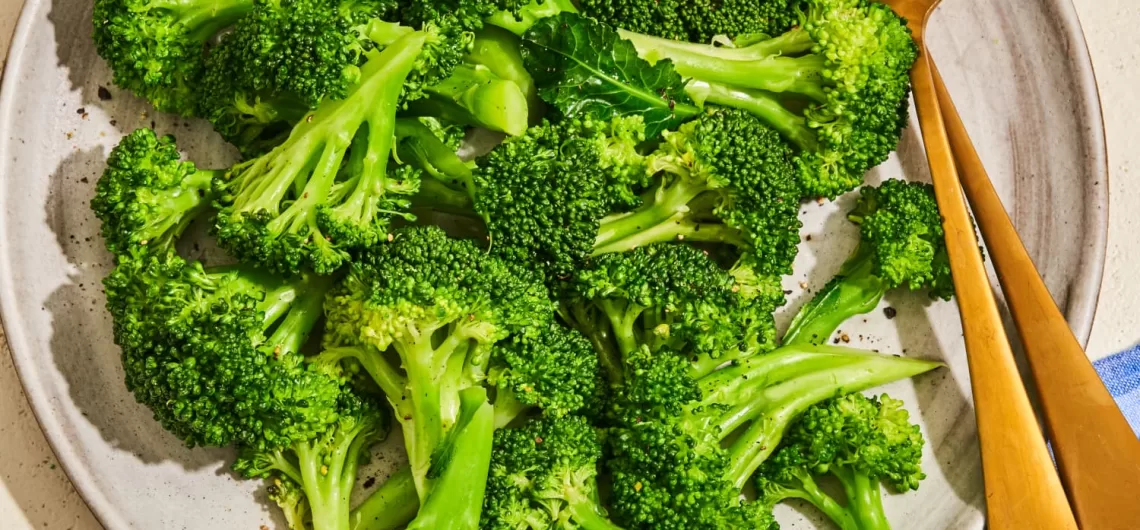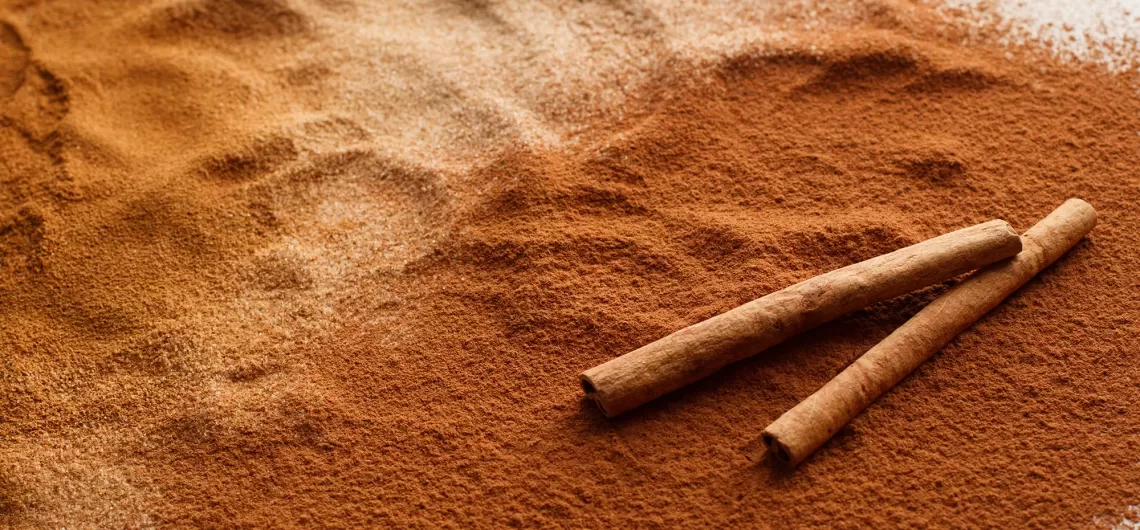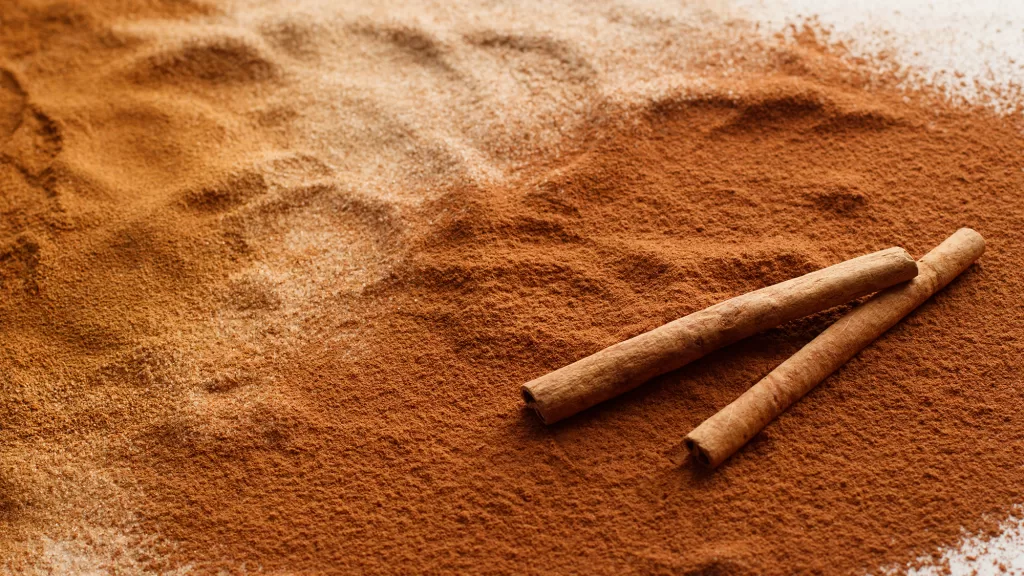Origin of Orange
The orange, also known as the sweet orange. Is believed to have originated in Southeast Asia, specifically in the region that includes southern China, northeastern India, and Myanmar. The fruit has been cultivated in these areas for thousands of years and was brought to Europe by traders and explorers in the 15th and 16th centuries.
They are an important source of vitamin C and are widely consumed both as a snack fruit and in a variety of processed forms such as juice, marmalade, and flavorings.

Benefits
Oranges offer a range of health benefits due to their high nutritional value, including:
- Rich in Vitamin C: Oranges are a good source of vitamin C, which helps boost the immune system, promote collagen production for healthy skin, and protect against free radical damage.
- High in Fiber: Oranges are high in fiber, which can help regulate digestion, prevent constipation, and promote feelings of fullness.
- Low in Calories: Oranges are relatively low in calories, making them a good snack option for those trying to maintain or lose weight.
- Good for Heart Health: Oranges contain flavonoids, which are antioxidants that can help improve blood flow, reduce inflammation, and lower blood pressure, all of which can contribute to better heart health.
- May Prevent Cancer: Oranges contain compounds such as limonoids and hesperidin that may have anti-cancer properties and help protect against certain types of cancer.
- Good for Eye Health: Oranges contain carotenoids, which are important for maintaining healthy vision and reducing the risk of age-related eye diseases such as macular degeneration.
- Boosts Energy: Oranges are a good source of natural sugars such as fructose, glucose, and sucrose, which can provide an energy boost when needed.
Orange varieties in Kenya
Some of the popular orange varieties grown in Kenya include:
- Valencia: This is the most commonly grown orange varieties in Kenya, especially in the Rift Valley, Central, and East regions. Valencia oranges are usually medium to large in size, with a bright orange color and a thin peel. They are seedless or have few seeds, and they are juicy and sweet, with a slightly tart flavor.
- Washington Navel: This is another popular orange variety grown in Kenya, especially in the Coast and Western regions. Washington Navel oranges are medium to large in size, with a bright orange color and a thick, pebbled peel. They are seedless, easy to peel, and they have a sweet, juicy flavor.
- Hamlin: Hamlin oranges are commonly grown in Kenya’s western region. They are medium to large in size, with a thin, smooth, bright orange peel. They are seedless or have few seeds, and they have a juicy, sweet-tart flavor.
- Jaffa: Jaffa oranges are also a popular variety in Kenya, especially in the Coastal region. They are medium to large in size, with a bright orange color and a thick, pebbled peel. They are seedless or have few seeds, and they have a sweet, juicy flavor.
- Pineapple orange: This is a unique variety of orange grown in Kenya’s Central region. Pineapple oranges are small to medium in size, with a bright orange color and a bumpy, pebbled peel. They are seedless or have few seeds, and they have a sweet, pineapple-like flavor.
- Ruby Red: Ruby Red oranges are a newer variety that is gaining popularity in Kenya. They are medium to large in size, with a bright red-orange color and a smooth, thin peel. They are seedless, and they have a sweet, tangy flavor.




